Life Saves the Planet Blog: Uncategorized
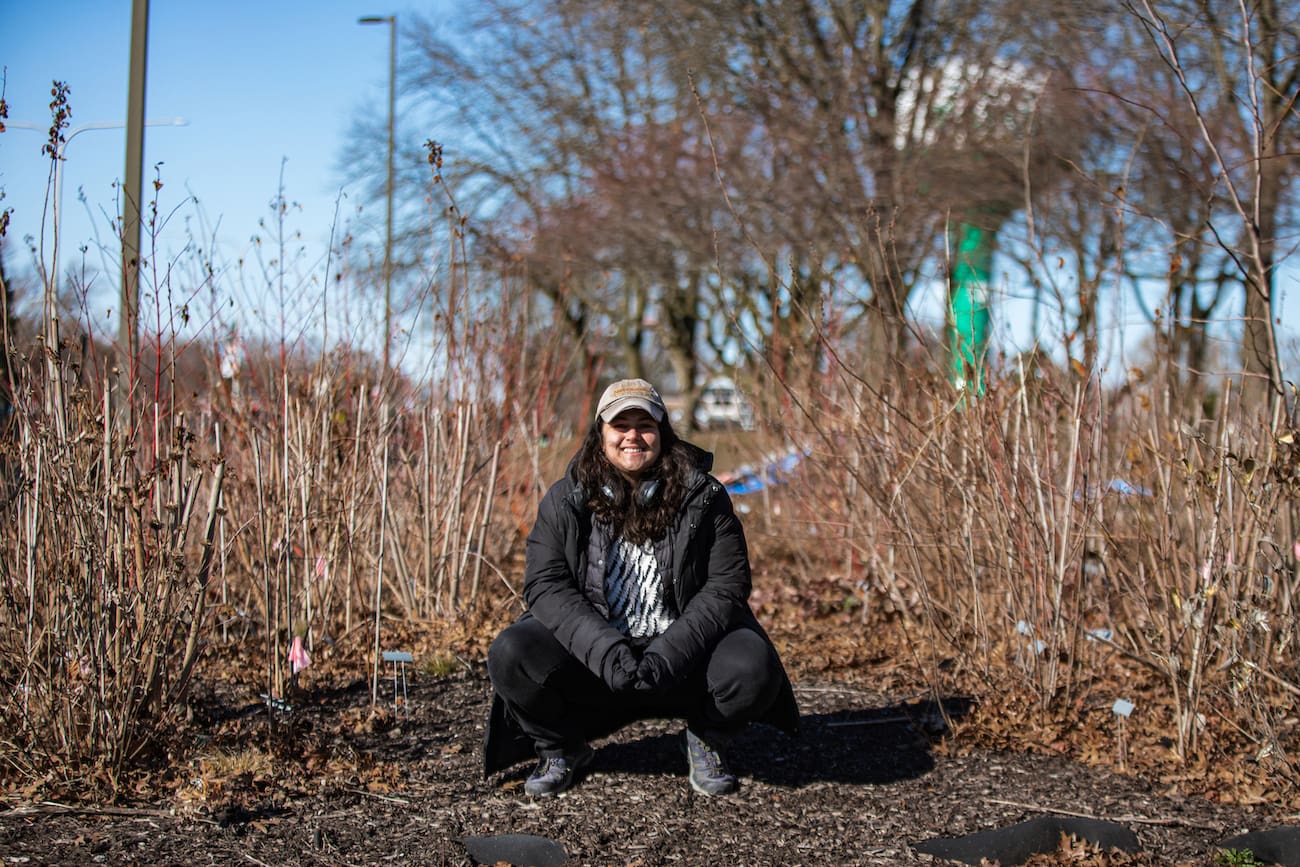
Rewilding the Windy City
I’ve loved Chicago from the first day I set foot there, and I’ve missed the Windy City since I left after college in 2018. When I had a chance to visit two weeks ago, I made it a point to try to understand Chicago’s ecosystems better, and check in on the many ways communities across…
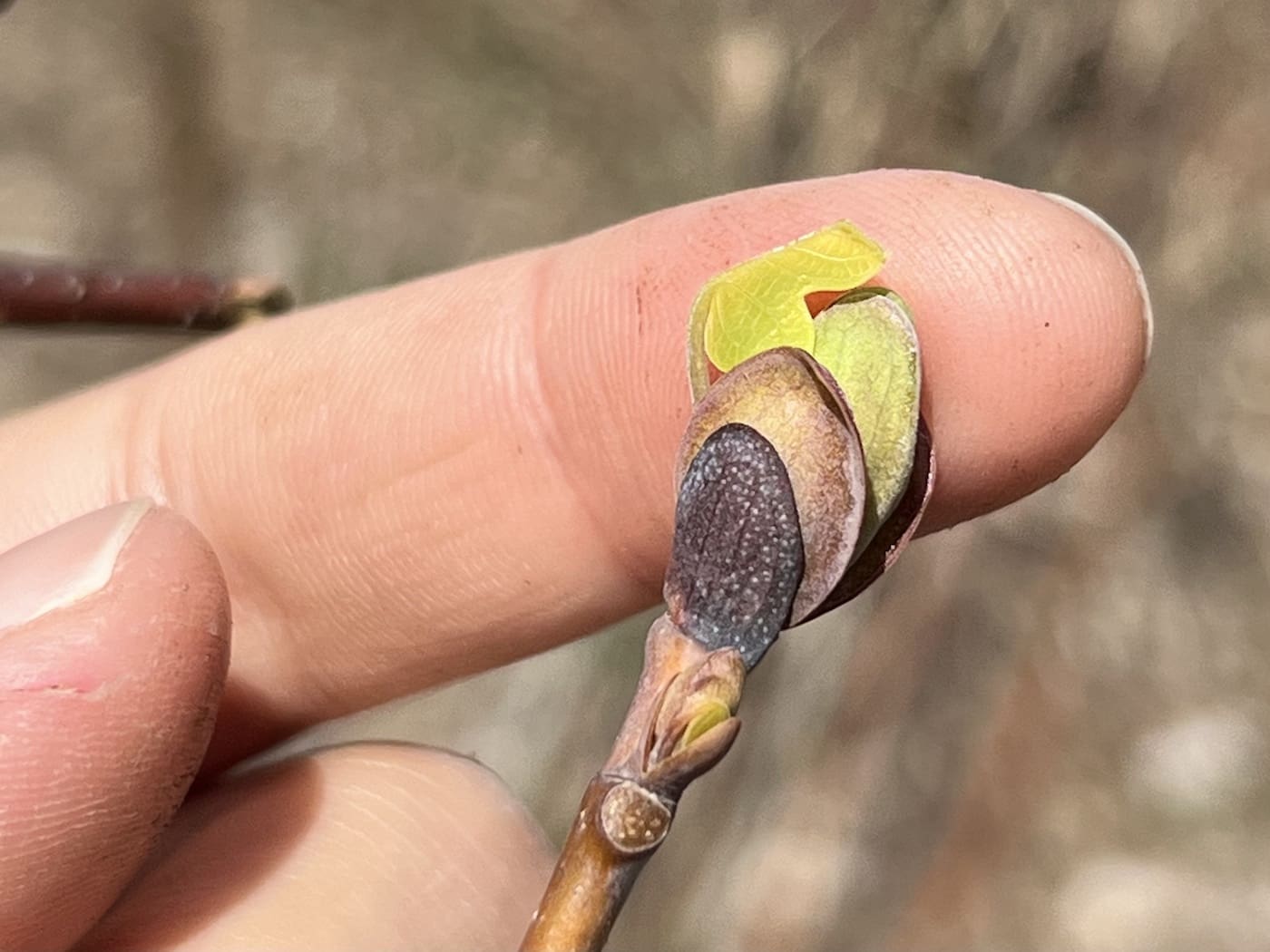
2023 in the Forest
As the year rounds out, it is time to reflect on the changes and growth we’ve seen in 2023. Nothing gives me quite as much pride, amazement, and faith in the power of change than our young Miyawaki forests. I was honored to share our work with the public in this short feature from the…
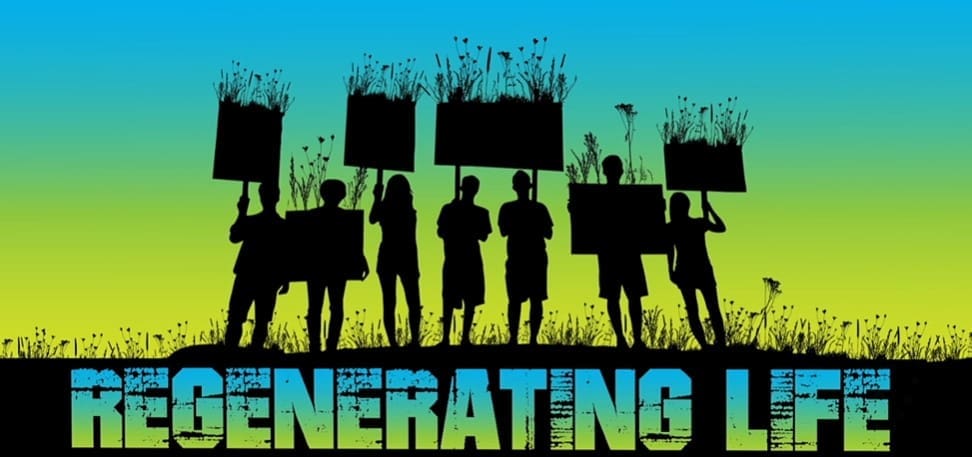
What a Great Day at Tufts: Regenerating Life Together
Our Boston Premiere of Regenerating Life at Tufts University was a tremendous success! It was exciting to see about 100 people come together to experience how John Feldman wove the many threads of the importance of nature to climate stability together in film. Conversation was lively during the lunch break, as people talked with exhibitors…
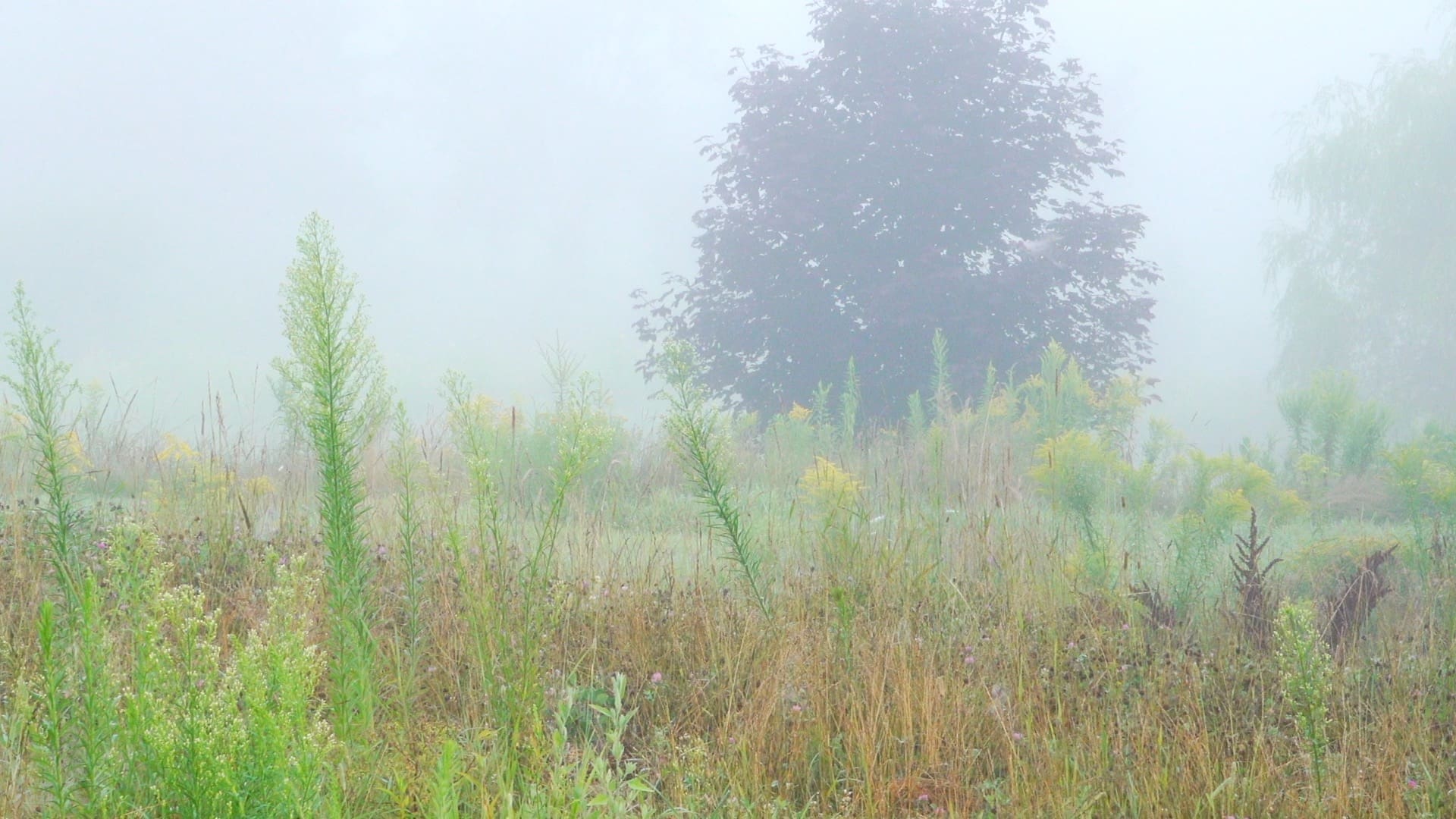
A Film that Affirms the Power of Life to Heal Our Planet
To a climate conversation long dominated by computer models and technological jargon, Regenerating Life: How to Cool the Planet, Feed the World and Live Happily Ever After brings some badly needed rain, along with dung beetles, sweating trees, fungal mycelia, cloud-making forests, beavers, worms, soil microbes, cow patties and whales. As more and more people…
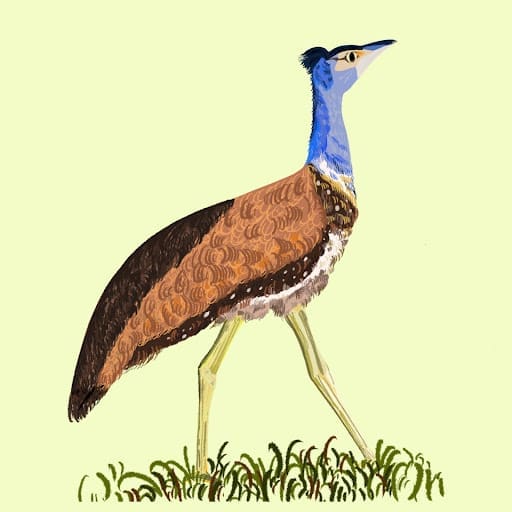
Art for Nature
The first memories of my childhood that I can recall is that of me sitting on my bed with a blank sheet of paper and a box of crayons, making lines and circles and shapes of all kinds as the warm sunlight flooded in through the windows of the apartment. Painting was something I was…
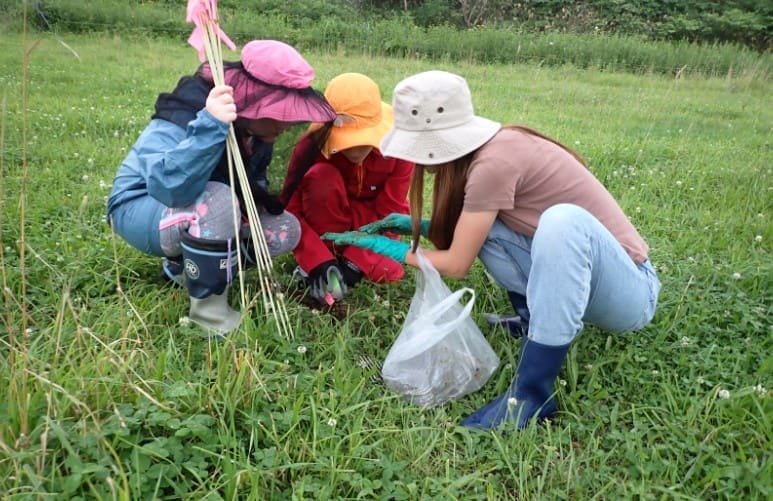
Biodiversity Field Day at Gladney Farm
Bio4Climate friends Tim Jones and Chie Morizuka manage a regenerative farm called Gladney Farm in Hokkaido, Japan. As the name suggests, there’s a lot to be glad about on the newly restored land! Tim and Chie share the love by hosting groups eager to learn from the farm animals and plants. Students of all ages…
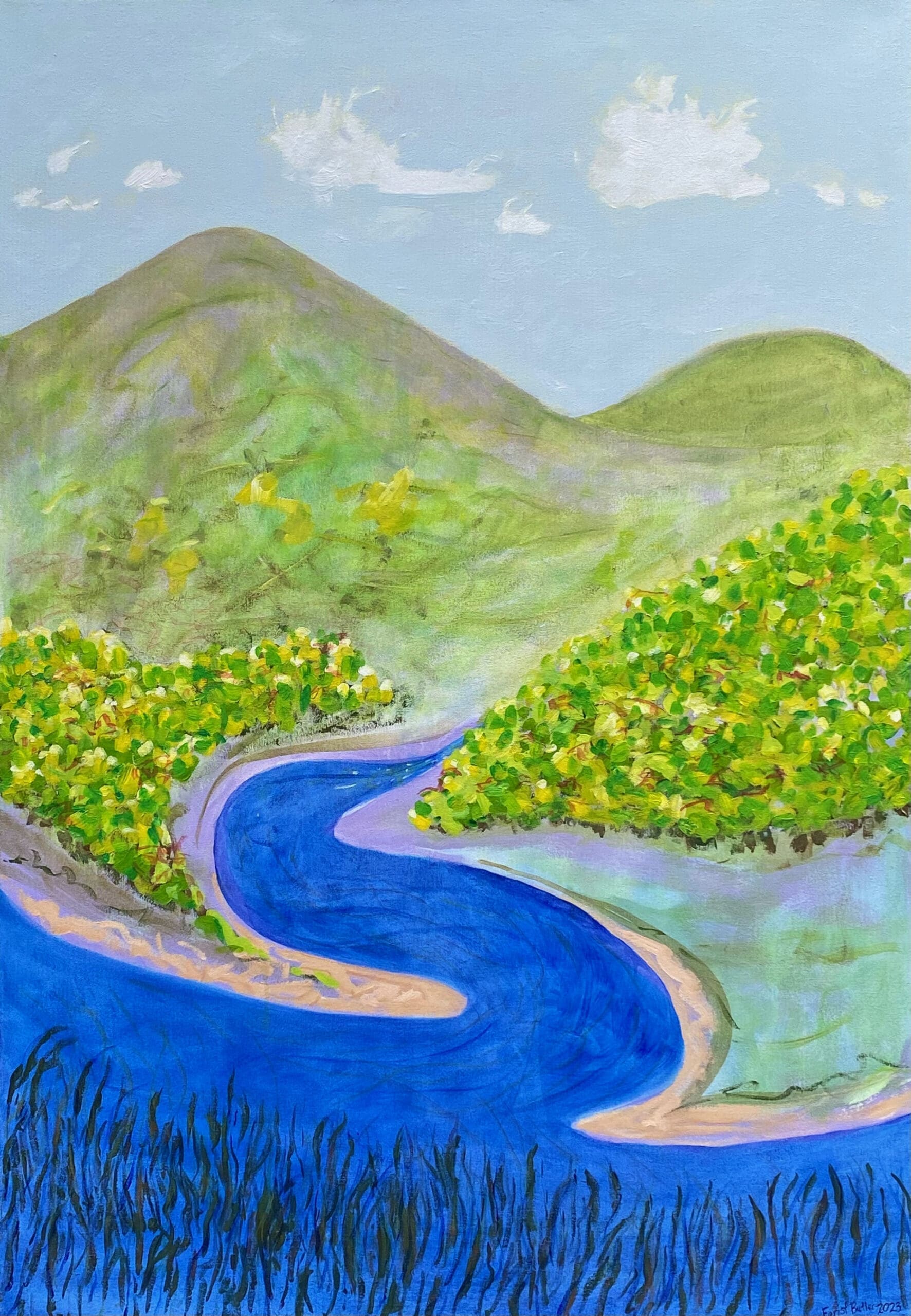
Gaia Songs: Seeking Equilibrium
Here are the writings and paintings that made up my exhibit, “Gaia Songs: Seeking Equilibrium.” The exhibit included my essay, “Earth is a Person” and my article “Building Climate Stability” and six paintings with Artist’s Statements. The Artist Statements include two paragraphs for each painting about how they relate to the conference “The Uses and…
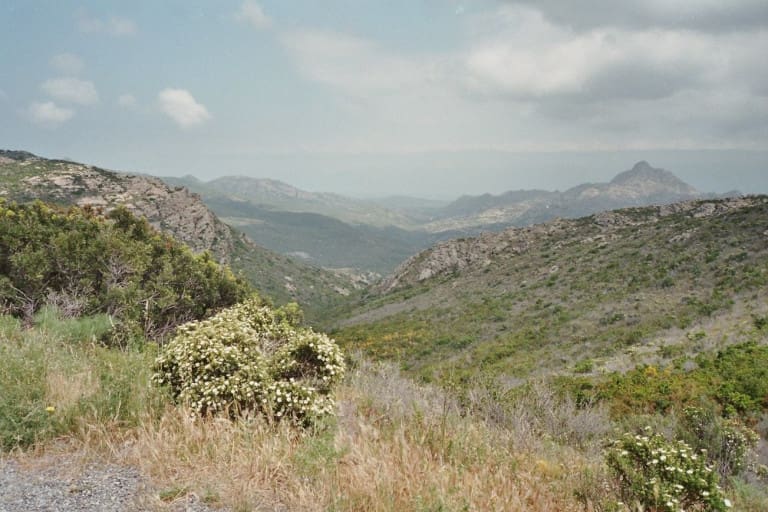
Millan Millan and the Mystery of the Missing Mediterranean Storms
I’d like to introduce this piece with a scenario. Suppose someone pointed out that you’d been looking at the climate through a pair of glasses with only one lens? Lifting them off your nose, they then provide you a new pair of glasses with two lenses. Suddenly, parts of the climate you couldn’t see before…
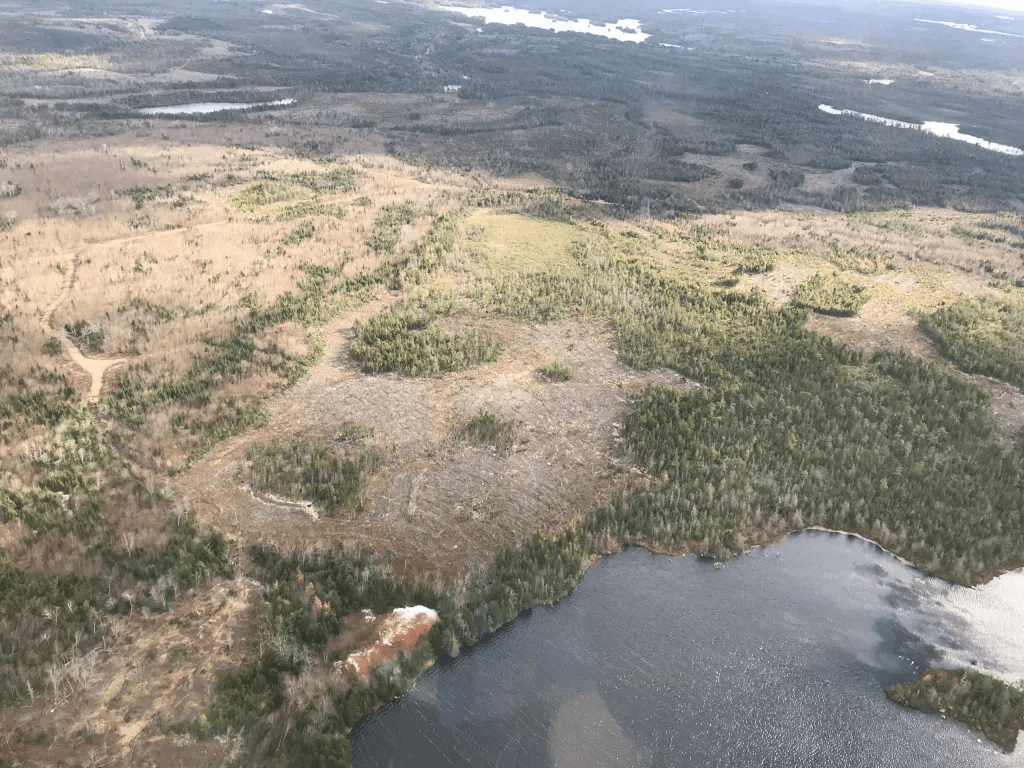
The NS wildfires are not ‘natural’ disasters: climate change, forest management, and human folly are all to blame
Four forestry specialists offer their views on how to reduce the wildfire risks. The Wildfire story that no one is talking about. The media is full of stories about the causes and cures for the massive forest fires raging around the world. Those fires have finally hit close to the Bio4Climate home in New England…
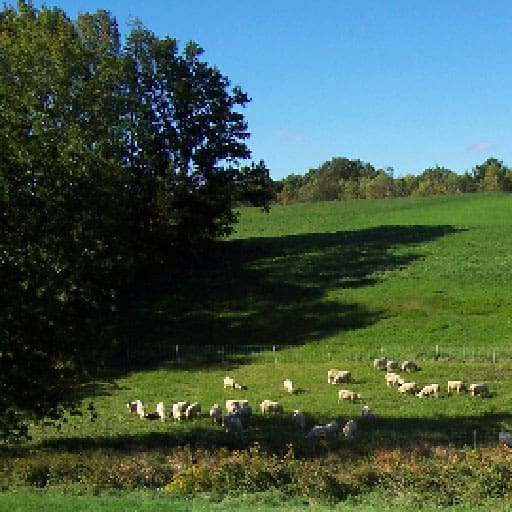
Life Saves the Planet
Life Saves the Planet The Bio4Climate Blog “Life Saves the Planet” is more than just a blog—it’s our philosophy and a partnership with GBH public television’s Lowell Lecture Series. In the search for answers to climate change, we look to the interconnected living systems that sustain our planet. These biodiverse systems shape our atmosphere, regulate temperature,…

Check out the January 2022 Issue of the Compendium
This March (apologies for being behind schedule), we released the tenth edition of our Compendium of Scientific and Practical Findings Supporting Eco-Restoration to Address Global Warming. In this issue we focus on the relationship between vegetation and temperature, and the ecological role of animals. We welcome your interest and comments – please contact us at staff@bio4climate.org.

Jim Laurie’s Fall 2021 Class
Biodiversity V, which takes a deeper dive into forest ecosystems, is starting on October 6, 2021. The course will focus on maximizing photosynthesis and balancing the carbon cycle to cool the climate. It will run for twelve consecutive Wednesdays, with choice of afternoon (1-3 pm EST) or evening classes (7-9 pm EST). It builds his on…

Check out the July 2021 Issue of the Compendium
This July, we released the ninth edition of our Compendium of Scientific and Practical Findings Supporting Eco-Restoration to Address Global Warming. In this issue we focused on the ecological roles of native plants, and as well as including discussions of symbiosis, biophilia, and an Okanagan worldview of society.
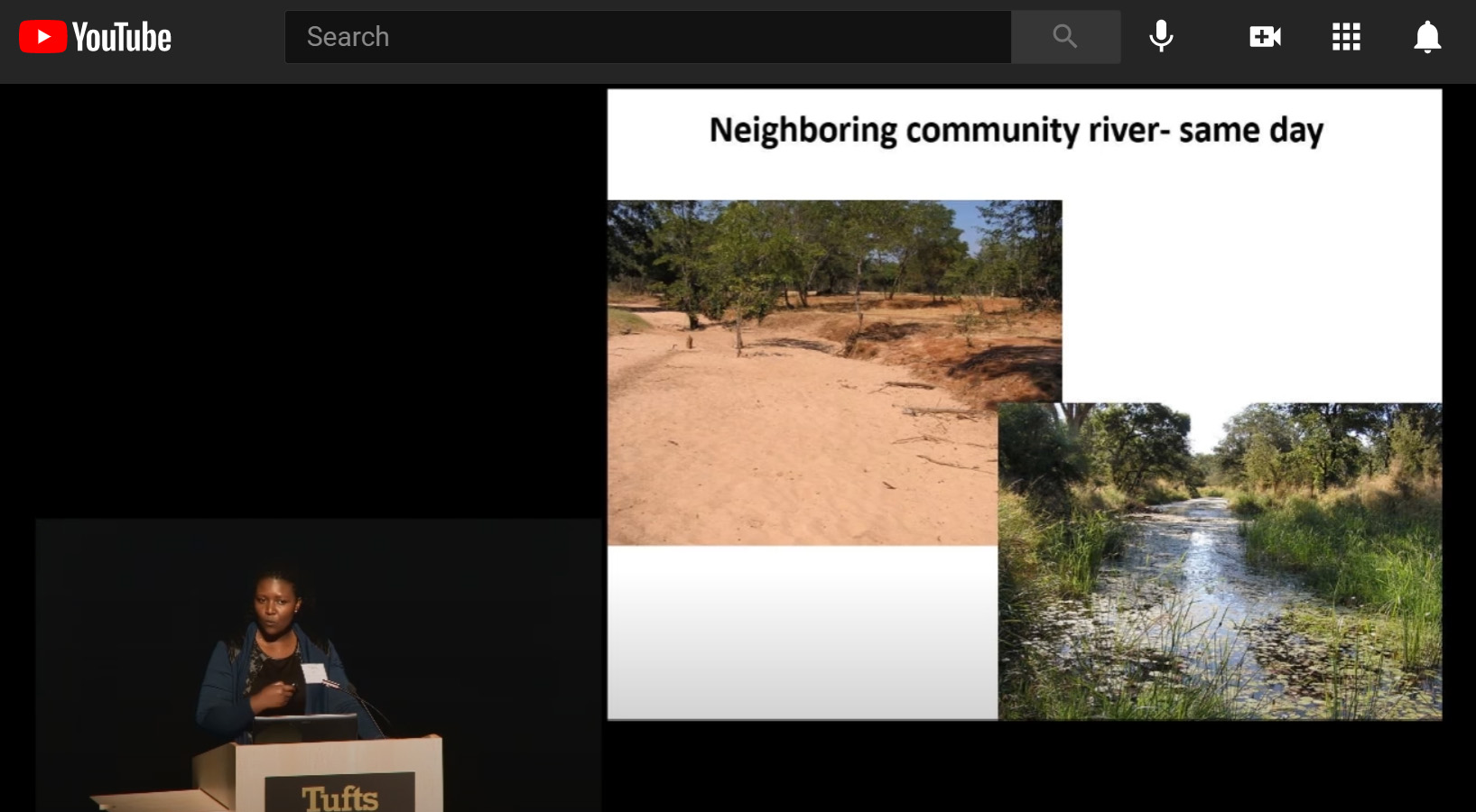
Videos to learn from
Take a look at our Introductory Video Playlist. Great collections of videos are available on our Conference Pages. And don’t miss our Life Saves the Planet lecture series on the GBH Forum Network.
Jim Laurie’s Spring 2021 Class
Biodiversity III: Mastering the Water Cycle begins on February 3, 2021 and runs for twelve consecutive Wednesdays through April 21st, with choice of afternoon (1-3 pm EST) or evening classes (7-9 pm EST). Jim will send you class notes and home study opportunities every week. A certificate of completion will be available for those who…
